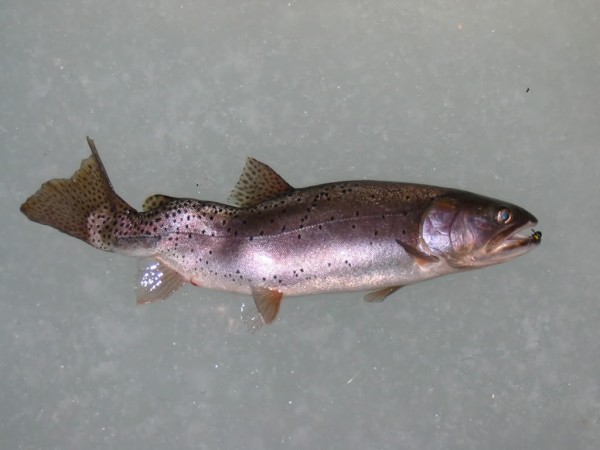Parks Canada officials are considering draining a lake in Banff National Park (BNP) to prevent the spread of whirling disease.
Whirling disease is caused by a parasite that affects salmonids like salmon and trout and occurs in both wild and farmed populations. The parasite causes skeletal deformation and neurological damage, which results in a corkscrew-like swimming pattern and from this derives the name.
From the discovery of the disease in BNP’s Johnson Lake in late August, the disease has spread to fifteen locations. Ten of the locations are within BNP.
Speaking to the Calgary Herald, Bill Hun, manager of resource conservation with BNP, said of Johnson Lake, “It has the characteristics of a potential hot spot.” And that, “[Park officials] are very concerned about Two Jack and Lake Minnewanka, which preliminary results indicate that they don’t have whirling disease.”
“It’s the headwaters of the Bow,” said Jay White, a professional biologist with Edmonton’s Aquality Environmental Consulting in an earlier interview with the Herald. “It has the potential to impact all of the South Saskatchewan River basin.”
Whirling disease is not spread directly between finish. Instead, the parasite spreads through contact between finish and a freshwater worm. Human activity can spread the disease by moving:
- infected live or dead finfish,
- infected worms,
- contaminated equipment, or
- contaminated water.
By draining Johnson Lake, officials hope to slow the spread of the disease by reducing potential points of contact between the carrier worms and salmonid populations. An environmental assessment would have to be conducted before the lake could be drained. Officials are considering multiple solutions.
Discussion of the problem was conducted at the North American Lake Management Society’s 2016 symposium in Banff from November 1–4.









